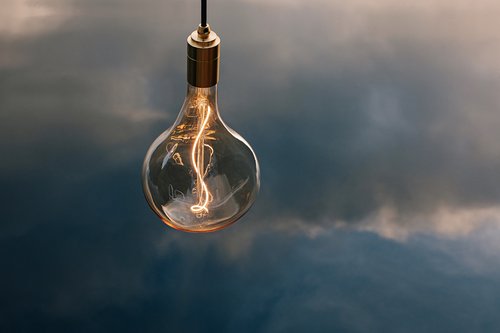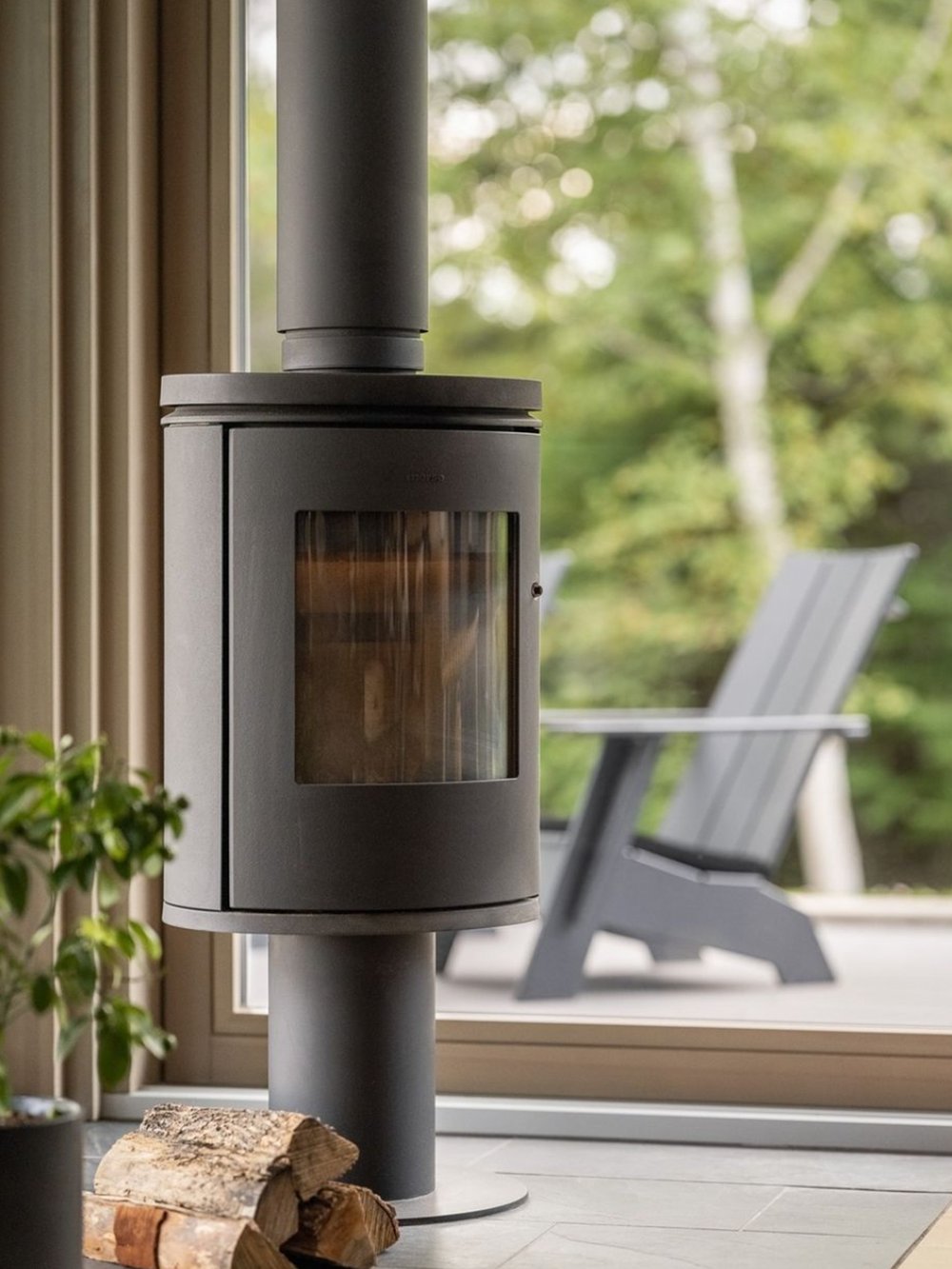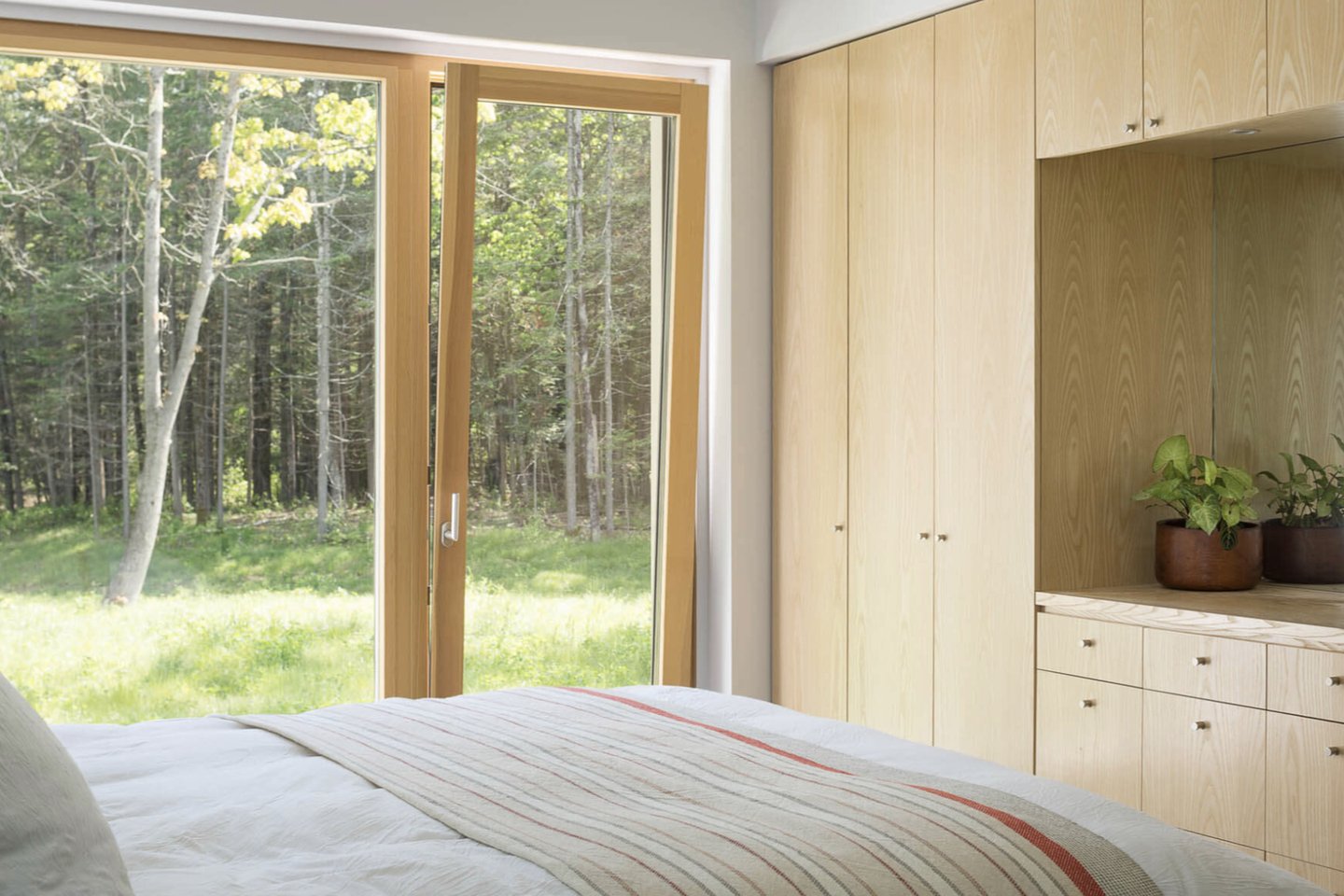
4 min read
Designing an Energy-Efficient and Comfortable Home, Part 1
We examine energy-saving strategies, illuminating their importance for home sustainability, boosting wellbeing and promoting the adoption of energy-conserving behaviors.

4 min read
In the continuation of this series, we delve deeper into energy-saving measures for enhancing sustainable and healthy homes.
As custodians of our planet, each step we take towards energy efficiency is part of the broader conversation regarding where our collective future is headed. In the first part of WLLW’s home energy-efficiency series, we introduced a collection of retrofits, smart technology and behavioral changes that combine to create a sustainable and healthy home. Our series underscores the fact that energy-efficiency isn't about sacrifice, but more about intention, strategy and optimization.
In Part Two, we’re delving deeper into the substantial changes that can drastically impact home efficiency, starting with passive house design, a voluntary global standard and one that sets the benchmark for holistic energy-efficiency. We’ll also explore heating and cooling updates, insulation, weatherization and supporting legislation that makes these changes more accessible. It’s important to recognize that while these enhancements are integral to passive house design, they are also effective as standalone modifications. This flexibility allows homeowners to tailor energy-efficient upgrades to their specific needs and circumstances.



Dr. Wolfgang Feist, the renowned German physicist and pioneering mind behind the Passive House Institute, urges us to acknowledge that the peak living standards we currently enjoy will soon become a function of the sustainable practices we put in place to maintain them, saying that, “there has been no period in the development of the human race during which the standard of living and the quality of life has been higher (for most people) than now. But it’s a challenge to keep it this way… Improving energy-efficiency is one of the best concepts to achieve these goals – keeping and even improving the quality of life while at the same time reducing the environmental impact and easing the path for a completely sustainable economy.”
Passive homes build on five principal energy-saving design initiatives, which include:

In the heart of Maine, Patrick McCunny and Madeleine Mackell's passive home has been crafted with the resilience to maintain a steady 70°F (21°C) internal temperature, even amid the harshest winter chill, all without the need for a traditional furnace. How? With intentional airtight construction, superinsulation and a more efficient means of heating.
Rather than using conventional natural gas furnaces, like 50 percent of homes in the United States, this home relies mostly on the sun to maintain its temperature, which can generate four times more energy than the house needs on bright days. This home also uses a small heat pump to conduct warmth to cooler spaces by transferring thermal energy using a refrigeration cycle.
Despite the higher initial cost of building passive homes — often exceeding conventional construction by 10 percent — certain elements, such as a heat pump, can quickly see a return on investment. For example, McCunny and Mackell’s home boasts a monthly utility bill of just $13, a stark contrast to the state’s typical winter costs of up to $601 for natural gas or $1,063 for electricity.
Whether you employ passive house design features or not, heating, ventilation and air conditioning are the cornerstones of thermal comfort and indoor air quality. Regular maintenance of HVAC systems cannot be overstated; it's akin to giving your car periodic tune-ups to ensure a smooth and uninterrupted journey. Diligence on this front keeps the system’s efficiency optimized, extending its life, preventing energy wastage, and safeguarding your health from allergens and pollutants.


Your home’s ‘envelope,’ consisting of proper insulation (roof, floor, ceiling and walls), high-performance windows and doors and effective sealing, is its first defense against thermal loss and regulation. These are some of the primary considerations to make when evaluating insulation and weatherization.
Insulation: In colder regions, interior heat escapes through the structure due to conduction. Installing low-conductivity insulation within walls and roofs mitigates this heat loss. Natural materials like recycled cellulose or mineral wool are excellent and efficient options to avoid commonly added toxic chemicals such as halogenated flame retardants. Bioproducts such as cork, hemp and sheep’s wool (which acts as a natural fire retardant and has an innate ability to regulate temperature) have also been shown to be effective and healthy alternatives.
High performance windows: An energy-efficient window is a composite of design, materials and technology to minimize energy transfer. Double or triple-pane low-emissivity glass (low-E) filled with an inert gas such as argon helps with your home's heat loss rate or the ‘U Factor’. Low-E window coatings can help reflect infrared light and significantly improve the heat insulating properties of ordinary window glazing. Strategic placement can also maximize natural light and assist in passive solar heating.
Exterior doors: Doors, especially exterior ones, play a significant role in preventing heat loss and managing energy consumption. The solar heat gain coefficient (SHGC) rating measures how well a door keeps out solar heat on a scale of 0 to 1. Look for a low SHGC in a climate that mainly requires cooling and a high SHGC in climates which need heating.
Sealing air barriers: Compromised seals around doors, windows, electrical outlets and ductwork can lead to significant air leaks, undermining the insulation properties of the building envelope. Regular inspection of these areas for aging, weatherstripping, visible gaps, or deteriorating caulk can help negate energy loss.

Recognizing that the feasibility of energy-efficient upgrades is tied to the average homeowner’s budget, governments at various levels offer incentives to motivate the transition to more sustainable living spaces.
These incentives can include tax credits, rebates, and low-interest loans aimed at offsetting the cost of energy-efficient upgrades. While plenty of state-specific rebates and incentives exist, the Federal Tax Credit applies to all states and covers up to $3,200 annually in energy efficient upgrades.
Here are a few ways to spread out this incentive:
Tax credits are correct at the time of publishing. For further information please reach out to WLLW Studio.
Photography: Opal, Trent Bell, GO Logic, Sarah Szwajkos, Trent Bell

4 min read
We examine energy-saving strategies, illuminating their importance for home sustainability, boosting wellbeing and promoting the adoption of energy-conserving behaviors.

4 min read
Discover the impact of optimizing your home's temperature, humidity and airflow on your overall health.